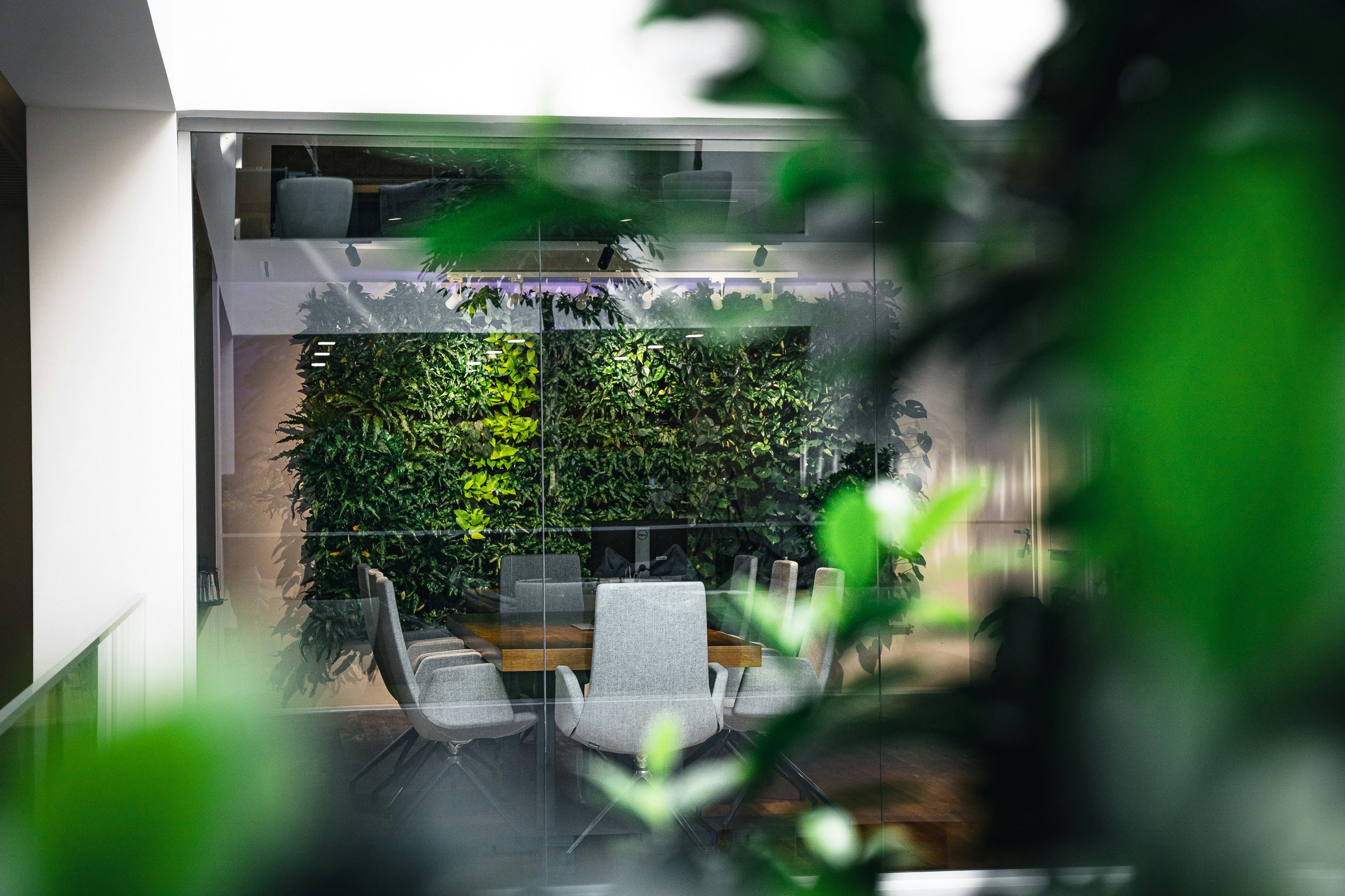A workplace is primarily a place for work, but it’s clearly much more than that. Since humans are not robots, the overall atmosphere of the workplace is going to have a huge impact on their well-being. That, in turn, will influence how well they’re able to work. Employees are much more likely to be productive if they genuinely enjoy where they work. And the only way to get that is to invest in the work environment’s health and happiness credentials. Need some inspiration on how to make your workplace more, well, inspiring? Check out our 4 handy tips below.
By Team Savant
Image: Szabolcs Toth
Let in Sunshine (Or Get Smart About Lighting)
It’s much, much nicer to work in natural light. After all, who doesn’t like being in the sunshine whenever possible? If your workplace is currently a little low on light, then look at making some changes. Upgrading the windows — and keeping them clean — can all be a gamechanger when it comes to letting sunshine into a building. If there’s no way to get natural light into the working environment, then look at changing the light system. Harsh overhead lighting is unnecessary in spaces that don’t require much illumination (for example, offices).
Add Plants
Plants can help to brighten up any space. There’s a reason why so many articles suggest adding plants to a property! The same principle can be applied to a working environment. Having plenty of green plants helps to break up the general monotony of workspaces.
You can take things even further by adding other touches of colour to the workplace. Could you add works of art that are in line with your overall branding to the walls? We tend to think that workspaces have to be dull, but that’s not the case — and given that these are changes that employees will appreciate, they should be a no-brainer.
Manage Invisible Threats
It’s of utmost importance to ensure that your workplace is safe. However, while most business owners are good at handling obvious safety threats, they’re not always as good at managing more subtle threats. They’re the ones that can harm employees but which aren’t always visible. If you work in manufacturing, then it could mean working with a silica dust extraction company; if you work in food processing, then it may mean increasing your cleanliness standards to reduce the risk of cross-contamination. The bottom line? Remember that not every threat to your employee’s well-being will be obvious.
Ask for Input
Finally, keep in mind that you don’t always have to guess what your employees want to see from your workplace. You can ask them directly. They’ll likely have ideas of their own on how you can improve the workplace. Some staff may want free coffee, others might suggest that adding a hammock is all they need to feel refreshed throughout the day. You won’t have all the answers for improvements since you only have one perspective; ask your team members what they want to see, and you might just get all the answers you need.
